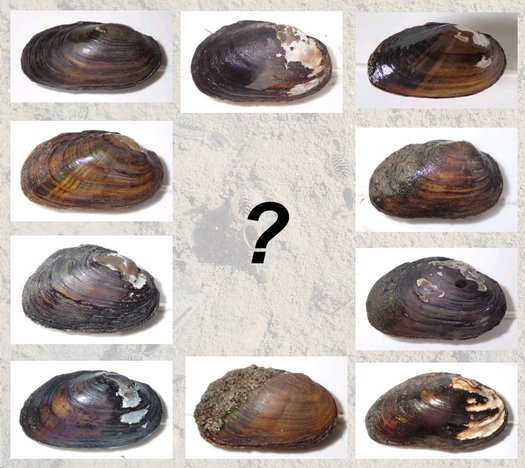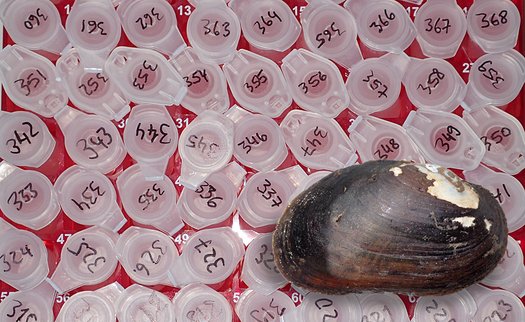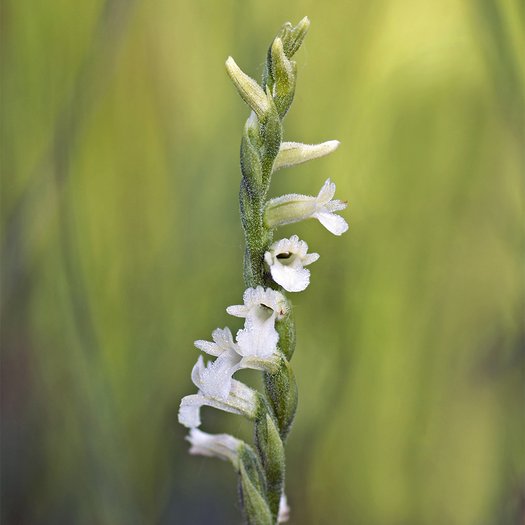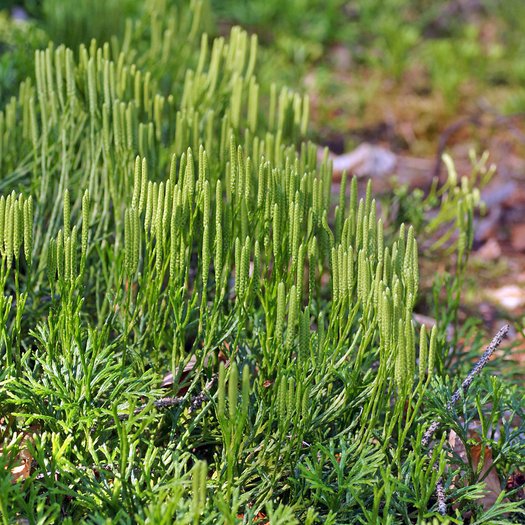Früher häufig und weit verbreitet gehören die meisten Arten der Großmuscheln zu den Verlierern der anthropogenen Veränderungen unserer Umwelt. Die Bachmuschel (Unio crassus) – einst die häufigste Art mit einem beeindruckenden ökologischen Spektrum – ist aktuell in Deutschland und Baden-Württemberg vom Aussterben bedroht. Sowohl zur aktuellen Verbreitung der Arten als auch zur genetischen Struktur der überlebenden Populationen bestehen Wissenslücken.
Obwohl sich verschiedene Erfassungen speziell mit der Bachmuschel befassen, sind die Daten zu ihrer, aber auch der Verbreitung der anderen Großmuschelarten verstreut bis lückenhaft. Neben der Zusammenführung vorhandener Daten wurden im Rahmen des Projektes punktuelle Kartierungen über das ganze Bundesland gestreut durchgeführt.
In der Literatur wird immer wieder für verschiedene Arten (z. B. Unio pictorum, U. crassus, Pseudanodonta complanata) von Unterarten bzw. Rassen gesprochen, die den Einzugsgebieten von Donau und Rhein zugeordnet werden ("Donau-Rasse", "Rhein-Rasse") und sich in der Schalenmorphologie zu unterscheiden scheinen. Einige Autoren interpretieren die Verbreitungsmuster dieser Formen sogar als Hinweise auf frühere Verbindungen der Gewässersysteme. Diese Überlegungen basieren für Südwest-Deutschland bisher nur auf schalenmorphologischen Beobachtungen. Im Projekt wurde zur Beantwortung dieser Fragestellungen eine erste Pilotstudie am Beispiel der Bachmuschel mit populationsgenetischen Methoden durchgeführt (Methodenetablierung und Ergebnisabschätzung an ausgewählten Populationen).
Das Projekt wurde aus Mitteln der Fischereiabgabe gefördert und vom Regierungspräsidium Stuttgart betreut.
Projektleitung: Dr. Ira Richling




